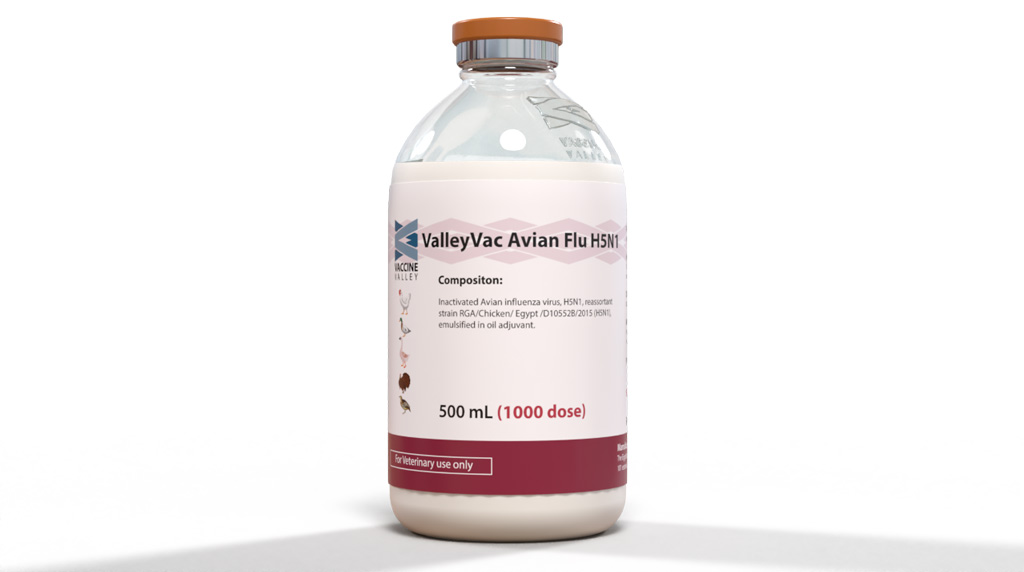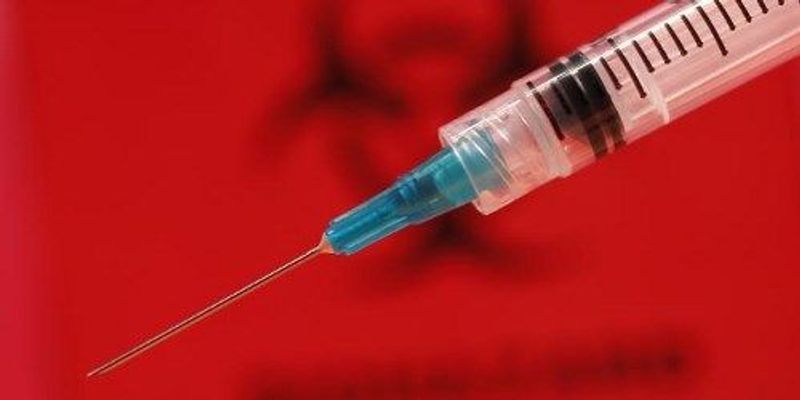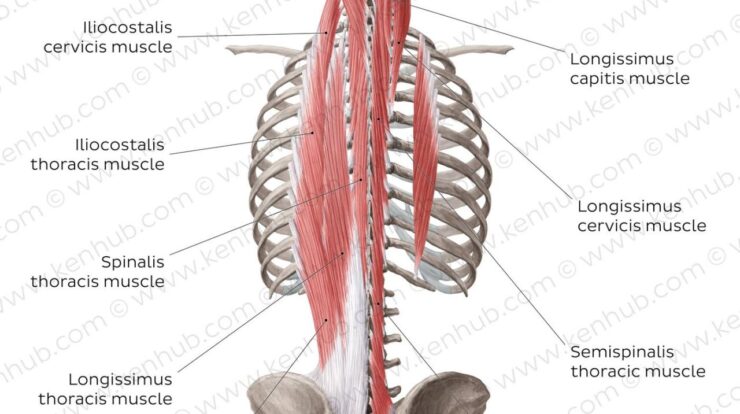
As the H5N1 virus continues to pose a significant threat, the development and distribution of an effective vaccine have become paramount. This article delves into the intricate world of H5N1 vaccines, exploring their design, safety, efficacy, and the crucial role they play in pandemic preparedness.
The H5N1 vaccine has undergone rigorous testing and has demonstrated promising results in preventing infection and mitigating the severity of the disease.
1. Introduction to H5N1 Vaccine

The H5N1 virus is a highly pathogenic avian influenza virus that has the potential to cause severe respiratory illness in humans. The development and testing of H5N1 vaccines have been a critical step in preparing for the potential threat of a pandemic.
Vaccine Design and Composition
H5N1 vaccines are typically inactivated or subunit vaccines. Inactivated vaccines contain whole virus particles that have been rendered non-infectious, while subunit vaccines contain specific proteins from the virus.
Different vaccines target different strains of the H5N1 virus. The specific strain used in a vaccine depends on the circulating strains at the time of vaccine development.
Safety and Efficacy of H5N1 Vaccine
Studies have shown that H5N1 vaccines are generally safe and well-tolerated. Common side effects include pain, redness, and swelling at the injection site.
The efficacy of H5N1 vaccines has been estimated to be around 60-80% in preventing infection and severe disease.
Vaccination Strategies and Recommendations
Vaccination against H5N1 is recommended for people who are at high risk of exposure to the virus, such as poultry workers and travelers to affected areas.
The recommended vaccination schedule varies depending on the type of vaccine and the individual’s age and health status.
Manufacturing and Distribution, H5n1 vaccine
The manufacturing of H5N1 vaccines is a complex process that requires specialized facilities and expertise.
The distribution of H5N1 vaccines is coordinated by national and international health organizations to ensure equitable access to the vaccine.
Future Directions and Research
Ongoing research is focused on improving the efficacy and safety of H5N1 vaccines and developing new strategies for pandemic preparedness.
Research is also being conducted to develop universal vaccines that could protect against multiple strains of the H5N1 virus.
Concluding Remarks: H5n1 Vaccine

The H5N1 vaccine stands as a vital tool in the fight against this formidable virus. Ongoing research and global collaboration are essential to further enhance its efficacy and accessibility, ensuring that we remain prepared for future challenges posed by emerging infectious diseases.






